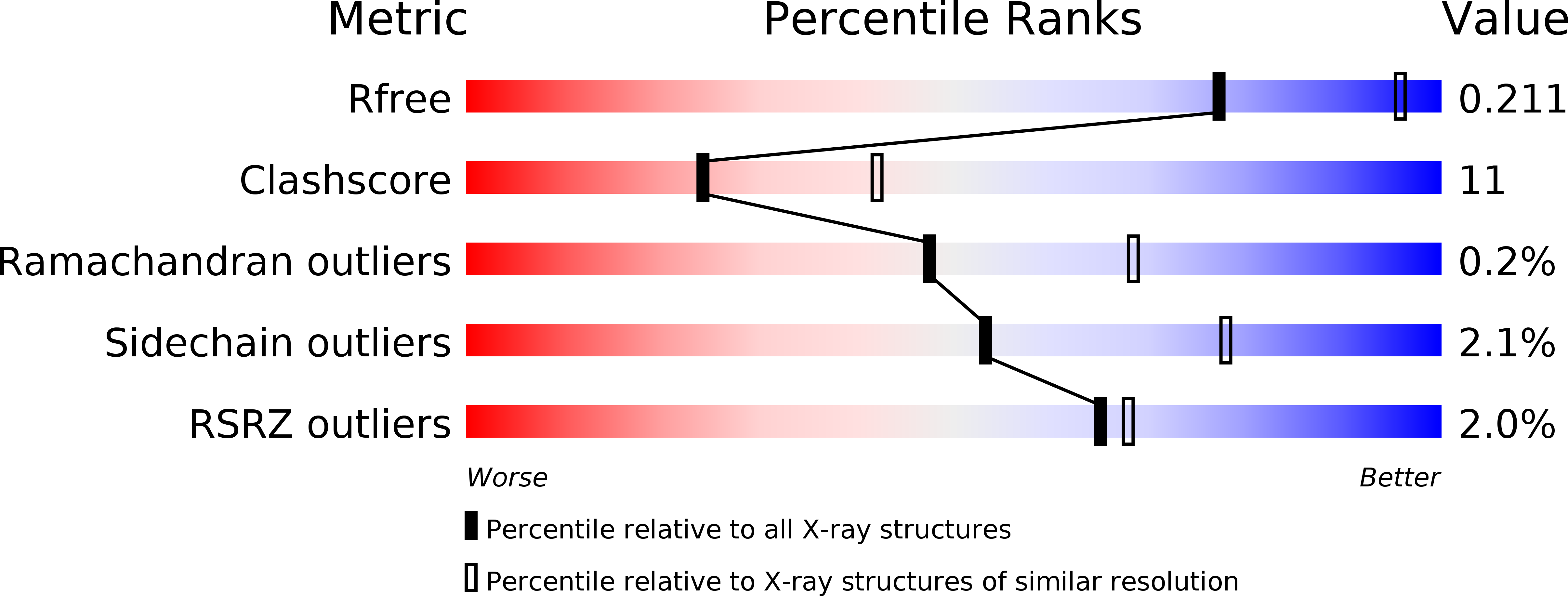
Deposition Date
2012-01-02
Release Date
2012-09-12
Last Version Date
2025-03-26
Entry Detail
PDB ID:
3VBE
Keywords:
Title:
Crystal structure of beta-cyanoalanine synthase in soybean
Biological Source:
Source Organism:
Glycine max (Taxon ID: 3847)
Host Organism:
Method Details:
Experimental Method:
Resolution:
2.50 Å
R-Value Free:
0.21
R-Value Work:
0.16
R-Value Observed:
0.16
Space Group:
C 1 2 1


